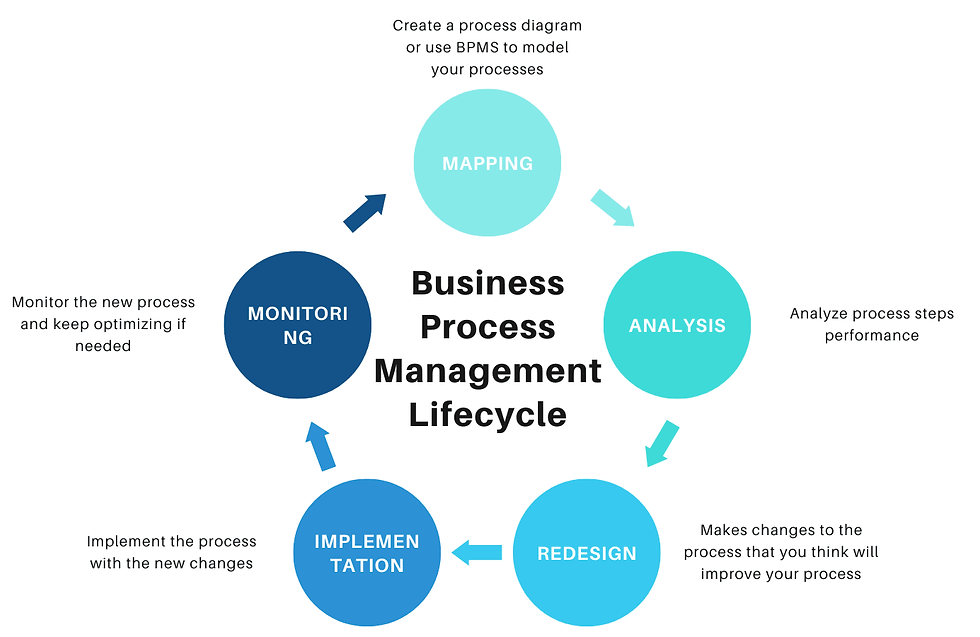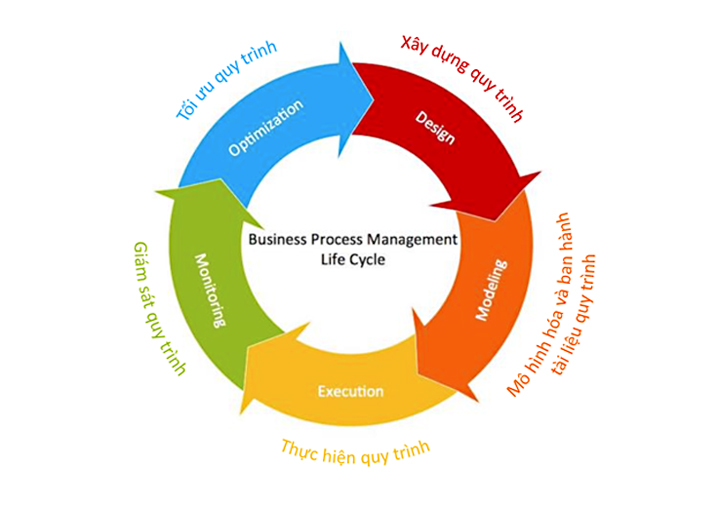How Data Workflows Drive Smarter Business Decisions
- sandyarsenaulttech
- Dec 9, 2024
- 3 min read
In today’s fast-paced business environment, data is one of the most valuable assets for companies across all industries. However, raw data alone is not enough to drive success; it must be processed, analyzed, and utilized in a structured way to derive actionable insights. This is where data workflows come into play. A well-designed data workflow allows businesses to automate, streamline, and enhance the process of transforming raw data into valuable business insights, enabling smarter decision-making at every level of the organization.

What are Data Workflows?
A data workflow refers to the sequence of processes that data undergoes from its collection to its final destination, whether that’s an analytical report, a dashboard, or a decision-making tool. It involves the extraction, transformation, and loading (ETL) of data, along with data cleaning, validation, and integration. Essentially, a data workflow automates the entire process, allowing for the smooth flow of data between systems, departments, and stakeholders.
Data Workflows and Business Decision-Making
Businesses are increasingly reliant on data-driven decision-making. In fact, studies have shown that organizations with strong data-driven cultures are more likely to make informed decisions that lead to better business outcomes. However, making data-driven decisions is not always straightforward. Businesses often struggle with data silos, slow processing times, and a lack of real-time insights. Data workflows help overcome these challenges by automating and streamlining the process, ensuring that the right data is delivered to decision-makers in a timely and actionable format.
Here are several ways in which data workflows drive smarter business decisions:
1. Improved Data Quality and Accuracy
One of the core benefits of data workflows is that they enhance data quality. In manual processes, data can be prone to errors, duplication, and inconsistencies, which can lead to poor decision-making. Data workflows ensure that data is cleaned, standardized, and validated before it is used for analysis, thereby reducing the risk of mistakes. This guarantees that decision-makers are working with high-quality data, which ultimately leads to more accurate and reliable insights.
2. Real-Time Insights for Agile Decision-Making
In today’s fast-paced business environment, decision-making needs to be quick and agile. Data workflows enable businesses to process data in real-time or near-real-time, ensuring that decision-makers have access to up-to-date insights. For example, an e-commerce company can use data workflows to track customer behavior on its website, analyze trends, and adjust marketing strategies on the fly. By having immediate access to relevant data, businesses can make informed decisions more quickly, giving them a competitive edge.
3. Increased Efficiency and Productivity
Manual data processing is time-consuming and resource-intensive. By automating repetitive tasks, such as data extraction, transformation, and loading, data workflows free up valuable time for employees to focus on more strategic tasks. This increased efficiency leads to faster decision-making, as managers and executives no longer need to wait for data to be processed manually. As a result, businesses can respond to changing market conditions more effectively.
4. Data-Driven Collaboration
Data workflows facilitate collaboration by ensuring that data is easily accessible and shared across departments. In many organizations, departments like sales, marketing, finance, and operations operate in silos, making it difficult for teams to share insights and make informed decisions together. With a streamlined data workflow, information flows seamlessly between teams, leading to more informed, collaborative decision-making. For example, marketing teams can use sales data to optimize campaigns, while finance teams can use operational data to forecast budgets.
5. Scalability and Flexibility
As businesses grow, so does the volume of data they need to manage. A well-designed data workflow can scale with the business, enabling companies to handle increasing data volumes without compromising on performance. Whether a company is expanding into new markets, launching new products, or adopting new technologies, data workflows provide the flexibility to adapt to new challenges. This scalability ensures that businesses can continue to make data-driven decisions even as they grow.
6. Predictive Analytics and Better Forecasting
Data workflows play a crucial role in predictive analytics, which helps businesses anticipate future trends and make proactive decisions. By automating data collection and analysis, data workflows provide the foundation for advanced analytics tools such as machine learning algorithms. These tools can identify patterns and trends in data, allowing businesses to forecast future outcomes with greater accuracy. For instance, a retailer can predict inventory needs based on customer purchasing behavior, reducing stockouts and overstocking.
Conclusion
In the era of big data, companies that can efficiently collect, process, and analyze data are better positioned to make smarter business decisions. Data workflows provide the structure and automation needed to turn raw data into actionable insights, ultimately helping businesses improve decision-making, enhance collaboration, and boost efficiency. By embracing data workflows, businesses can harness the full potential of their data, driving smarter decisions that lead to improved performance, growth, and profitability.
SITES WE SUPPORT
SOCIAL LINKS



Comments